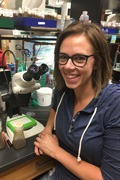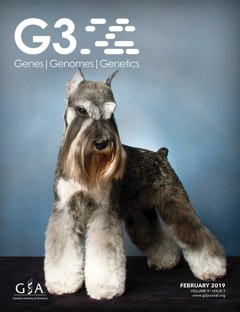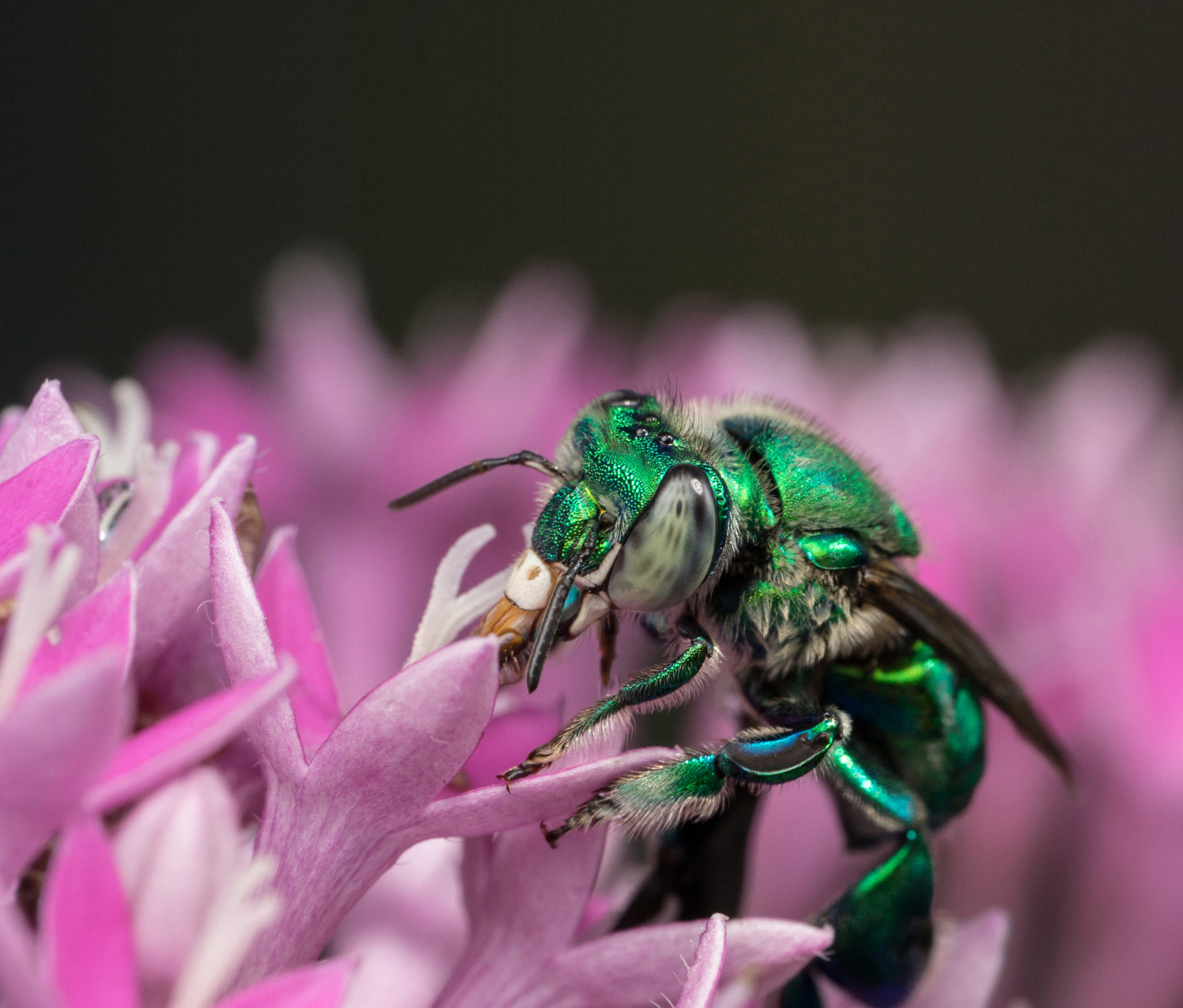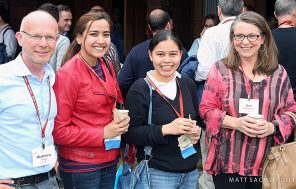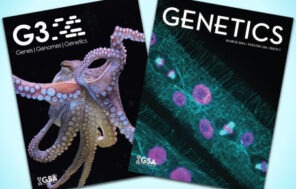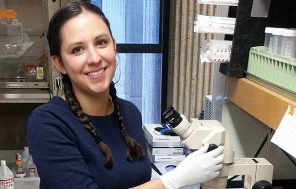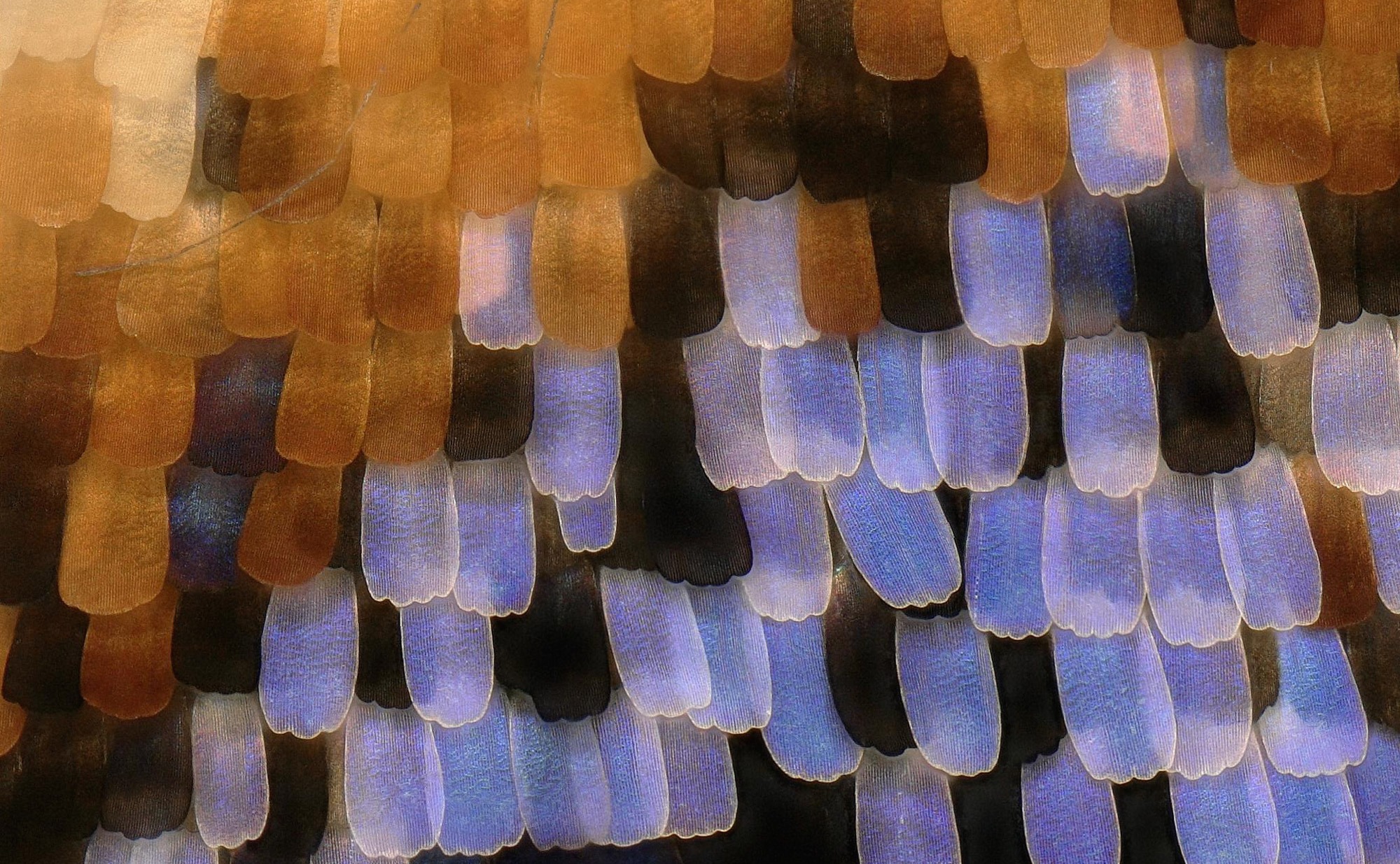News & Events
Conferences
GSA conferences foster collaboration, resource development, and the spread of technology and ideas.
Publications
Our peer-reviewed journals GENETICS and G3: Genes|Genomes|Genetics publish high-quality, original genetics research across the breadth of the field.
Career Development
GSA professional development programs provide rich opportunities for scientists to gain skills and experience.
Come to a conference!
Find and post jobs.
Jobseekers:
Looking for a job, postdoc, studentship, or internship? Post a resume, apply for jobs, and sign up for job alerts!
Employers:
Reach a broad range of biologists at all career stages and from all sectors. Postdoc and student positions can be posted free of charge.
Latest job postings:
- Postdoctoral Fellow Position - Molecular Ecology/Molecular Plant-Microbe Interactions | The Casteel Lab at Cornell University
- Postdoctoral Research Associate | Tychele N. Turner, Ph.D.
- Technical Service Engineer- Composites | Avient Corporation
- Advanced R&D Engineer- Composites | Avient Corporation
- Geneticist - Physician Reviewer - Completely Remote and Flexible | WNS HealthHelp
Read the latest.

Same field, different environment: New study deciphers why maize plants flower at different times–and why it matters
A new international study in G3: Genes|Genomes|Genetics peeled back the husk of maize, revealing a hidden layer of genetic variation that explains why maize grown side by side perceive the same environment differently, and why...

Mapping the mouse seminal vesicle: A single-cell atlas suggests a new role for seminal fluid
The first single-cell atlas of the mouse seminal vesicle published in G3: Genes|Genomes|Genetics links immune signaling to potential paternal effects on reproduction.

Reproducibility for everyone: Breaking down barriers to better science
Reproducibility is the backbone of credible science. But for many researchers, especially early in their careers, putting reproducibility into practice can feel overwhelming. With a sea of tools and resources available, where do you even...
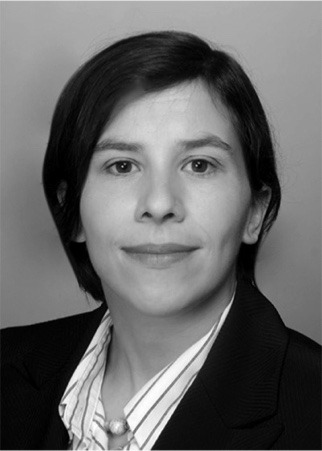
It was critical that GSA was so willing to put their faith in us. Many people didn’t initially have a lot of confidence that a group of postdocs could organize a new event of this scale.
Learn more

